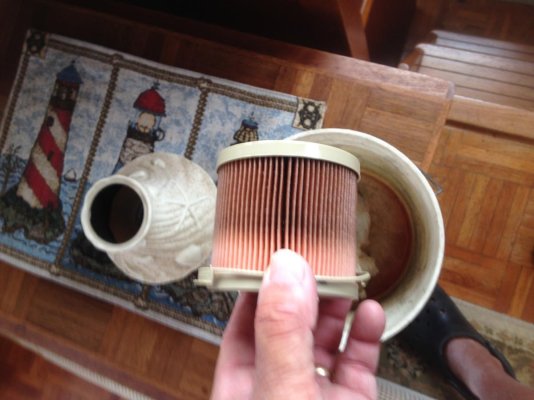A Lehman 120 is not a high volume fuel draw, no more than two gallons per hour with almost no return flow so this is not likely the problem but I guess it is possible. As for air supply, that is not a likely cause either. A Lehman 120 uses a very course foam sock as a filter. Continue to look for a fuel supply problem. A collapsed hose would not be visually evident. I would start with replacing all rubber hoses. If that doesn't work, replace the lift pump. If it were I, I would replace it with an electric pump. A Walbro has a service life of 18,000 hours and, with it, no more using that pump lever actuated a million times to bleed air. By the way, if that mechanical lift pump has failed there is a chance that its diaphram has fractured and is putting diesel fuel in the oil sump, a very bad thing for an engine.



